Reducing churn: How strategic marketing enhances product value and retention

Marketing can only do so much to reduce customer churn. But marketers are often saddled with the responsibility of reducing churn and triggering repeat purchases. Why?
Because the real reasons behind customer churn are often very hard to fix, so a marketing solution seems like an easier approach.
A lot of the time, customers are churning because a product doesn’t meet their expectations, or because the market changes—and products get left behind.
If you’re in a position where you need to reduce customer churn, it’s important to know what you––as a marketer––can and can’t control.
Many brands don’t want to swallow this news because it points to the need for a product or business model overhaul, which translates to resources and time some brands don’t have.
If you’re in a position where you need to reduce customer churn, it’s important to know what you can and can’t control. That’s why we put together this short guide on how marketers, specifically, can have an impact on customer churn—while also setting realistic expectations with leadership teams.
Want to go beyond ways to reduce customer churn? Check out these resources:
- Top reasons customers churn—and how to course-correct quickly
- How to predict customer churn without investing in a data analytics team
What is an acceptable customer churn rate?
According to Klaviyo’s data science team, churn rates for average customers can be as high as 70%. If you’re seeing churn prediction values around 50%, you’re in excellent shape with your customer base.
Once you know your brand’s customer churn rate, you can take action to reduce it. Here we’ll run through some churn reduction strategies you can actually execute as a marketer—but if you want to step it up even further with your analysis, you can learn how to predict customer churn risk, too.
1. Targeted win-back email marketing campaigns
A win-back email is great for customers whose churn prediction is creeping up but hasn’t yet reached critical levels.
Win-back emails are automated emails you can set to trigger when churn prediction reaches a certain point. That means you can write them once, review them on occasion, and let marketing automation take care of the rest.
If you need some inspiration, check out this example from Girlfriend Collective. They ditch a lot of the flash in favor of a minimalist email that provides a simple, time-based incentive.
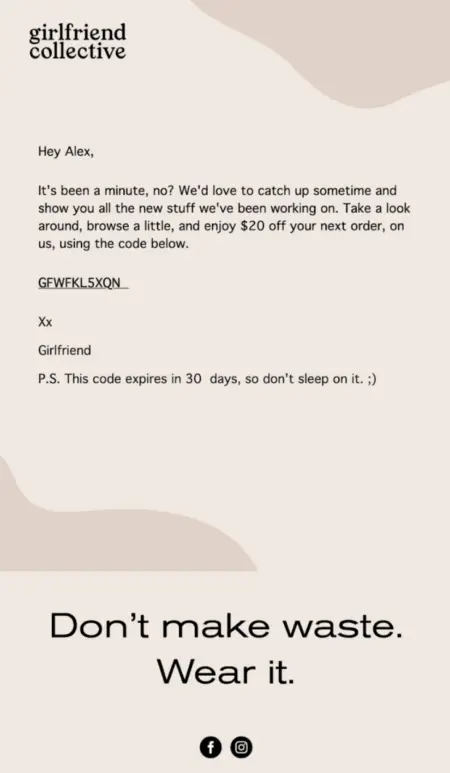
Source: Girlfriend Collective
2. Loyalty programs with special offers
Depending on your category, a loyalty program may be the most lucrative low-hanging fruit you can rely on to decrease customer churn rate. Here are the top industries in which consumers actively participate in loyalty programs:
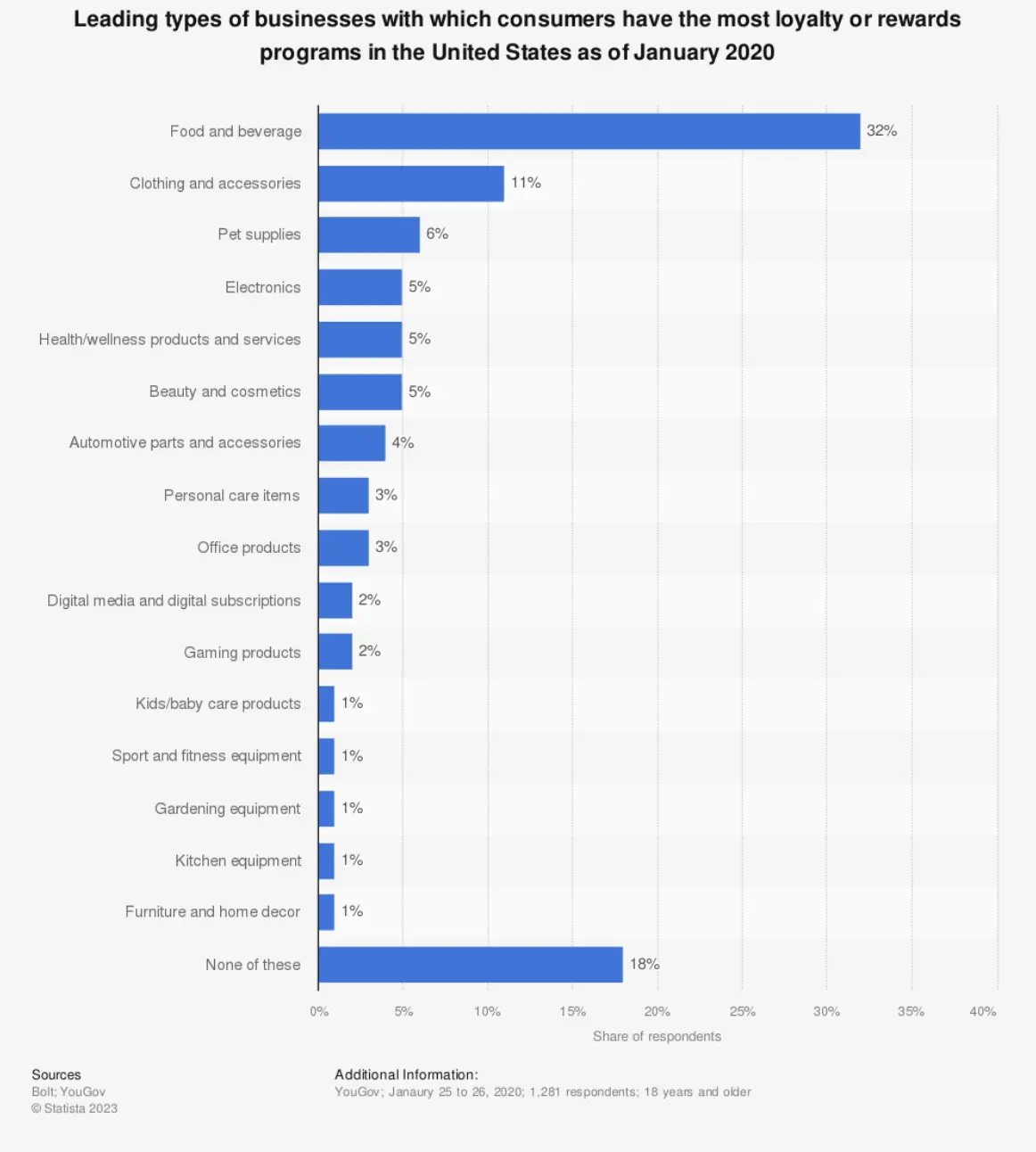
Source: Statista
Loyalty programs are becoming increasingly important because customer acquisition costs (CACs) are rising. In 2019, a report by Recur determined that CACs had risen by more than 60% during the previous 5 years.
Over the next few years, you can expect those costs to increase even more, thanks to continued inflation, Apple’s iOS 17 update, and Google’s long-anticipated Great Cookie Removal in 2024.
The term “loyalty program” is a bit of a misnomer, however, because these programs aren’t actually for your most loyal customers. People who truly love your brand would likely buy from you without an incentive. Loyalty programs are great for two other audience segments instead:
- Customers who aren’t your loudest champions but like you well enough and are likely to buy again.
- Customers who are at risk of churning in the future and need a reason not to.
To launch a targeted loyalty campaign to that second group of people, you’ll first need a way to predict customer churn (yes, it’s possible). Second, you’ll need a straightforward, transparent loyalty program that clearly benefits the customer.
For example, athleisure and lingerie brand LIVELY doesn’t complicate their baseline loyalty program with actions to earn points. Instead, their website is simple, straightforward, and transparent about how many points you need to earn to get a certain amount off your next purchase.

Source: LIVELY rewards page
Then, as an additional option for customers who become more loyal over time, the brand also offers opportunities to earn more points through a tiered loyalty program based on annual spend.
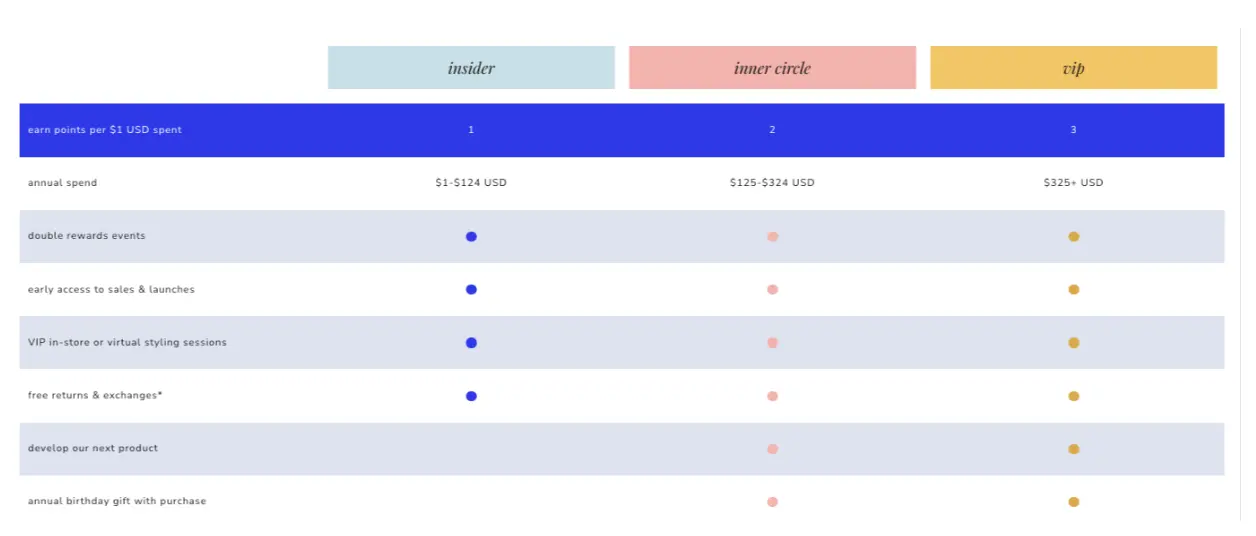
Source: LIVELY rewards page
3. Proactive customer support
Chatbots, automated support systems, and proactive notifications are all tools that can automate proactive customer service. As conversational AI gets better, you may be able to invest in additional customer support without blowing your budget.
“To reduce churn, it’s important to provide exceptional customer service and promptly address any issues or concerns,” says Lindsey Arellano, director of email and SMS at CURIO. “Make it easy for customers to contact you and provide various channels for them to reach out, such as email, phone, or live chat.”
We’d also add a reminder not to sleep on SMS as a customer support channel. Businesses can automate transactional SMS by integrating their systems with a reliable SMS gateway provider through an SMS API. They define specific triggers, like order confirmations or shipping notifications, and when a trigger event happens, the system pulls the necessary information, personalizes the message, and sends it to specific phone numbers.
That’s how you get customer service messages like this, which can help mitigate the damaging effects of a lost package on customer churn:
EGGSHELL: Hi Danai! Your order #12345 has been delivered. Text HELP to report a lost package. We hope you love your purchase!
4. Educational content and resources
If your product requires assembly or ongoing maintenance, educational content and resources as post-purchase support are excellent ways to reduce churn. Even if your product doesn’t require assembly, consider sending instructional videos about how to get the most use out of the product.
For example, Competitive Cyclist sends every customer an assembly instructional video. Bike assembly can feel overwhelming even for the most seasoned cyclist, so this is just one way Competitive Cyclist uses educational content to take care of their customers—and make sure they’re top of mind when someone needs tools, accessories, or additional parts.
5. Social proof reminders
Sometimes customers who are about to churn just need a reminder that other people love your products. Returning to our win-back email suggestion, an option for that messaging is to include a positive quote from a loyal customer.
Now, with Klaviyo Reviews, you can leverage dynamic blocks to pull in relevant customer reviews for your predicted churn segments.
How this works: Drag in a review quote email block with a 5-star review when you’re sending an email to folks who are predicted to churn. This gives them social proof from other customers that might convince them to stick around.
How to reduce churn FAQs
What is the cost of customer churn?
The cost of customer churn varies by organization, and your calculation inputs will change depending on your business model. At a basic level, you can calculate the cost of customer churn by first knowing your churn rate—the percentage of customers lost within a given period of time—and the average lifetime value of each customer.
What is the best way to reduce customer churn rate?
The best way to reduce customer churn rate is to make a great product the market needs and offer superior customer service. Beyond this, you can reduce your customer churn rate by enhancing the customer experience with educational content, offering loyalty programs, and sending win-back messages that remind customers your brand is there to offer value and solve problems.
Can you prevent customer churn?
You may not be able to completely prevent customer churn, but you can prevent some of it by first using data analytics to predict which customers are most likely to churn. When you have that information, you can send targeted communications to those customers to incentivize them to buy again.
Read more from Klaviyo’s Approach:

Related content
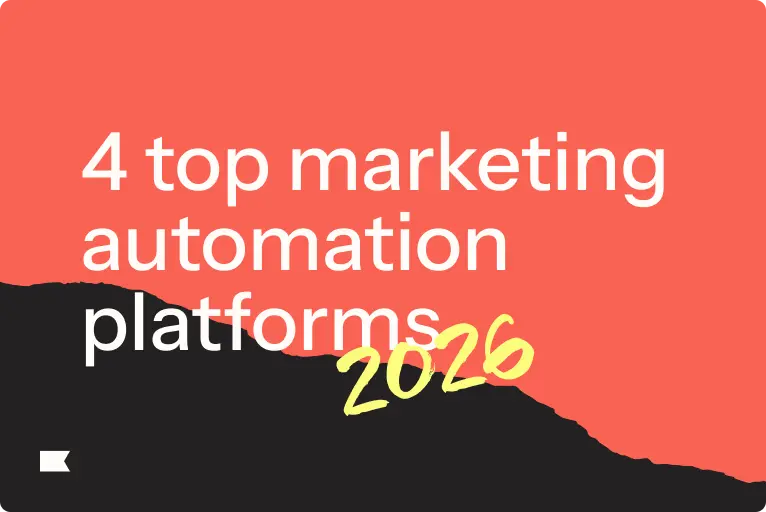
Discover the best marketing automation platform for 2026 and learn how to choose based on data, integrations, scalability, and the features that drive real customer value.

Discover 4 proven ways to reduce cart abandonment and recover lost sales. Learn how to build trust, streamline check-out, and personalize abandoned cart flows to convert more shoppers.
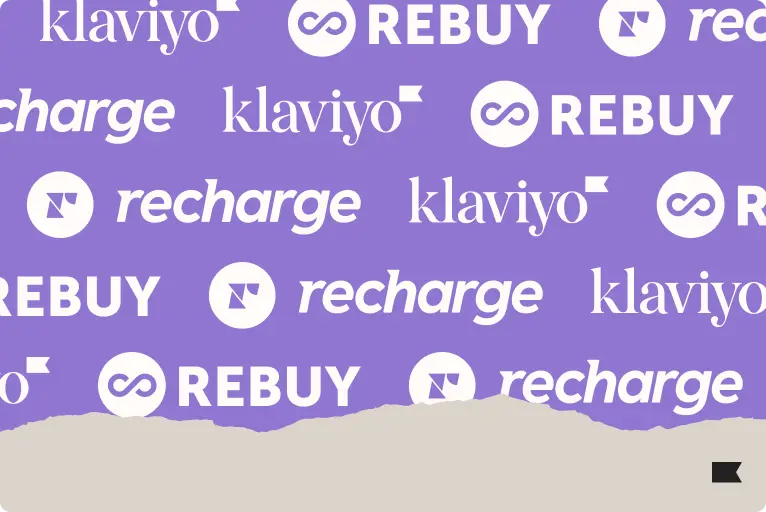
Looking for the best Shopify apps for marketing and customer service? Klaviyo, Rebuy, and Recharge together create a high-performing tech stack that revenue and customer retention.